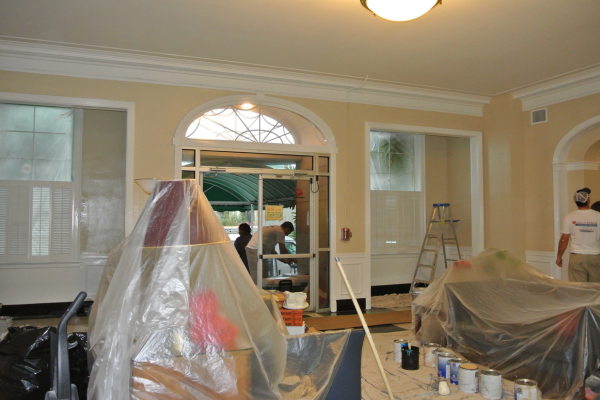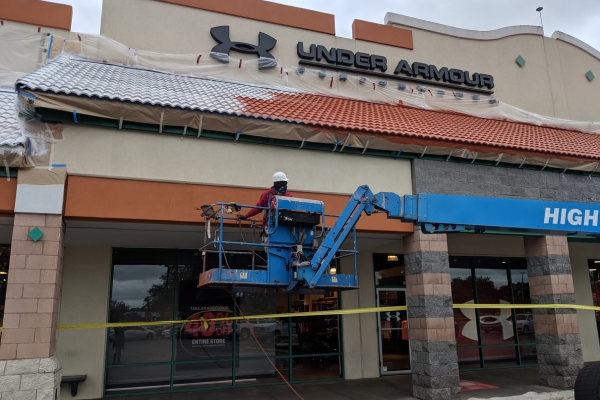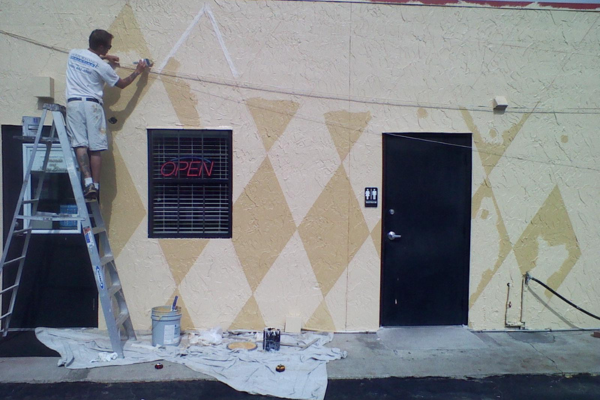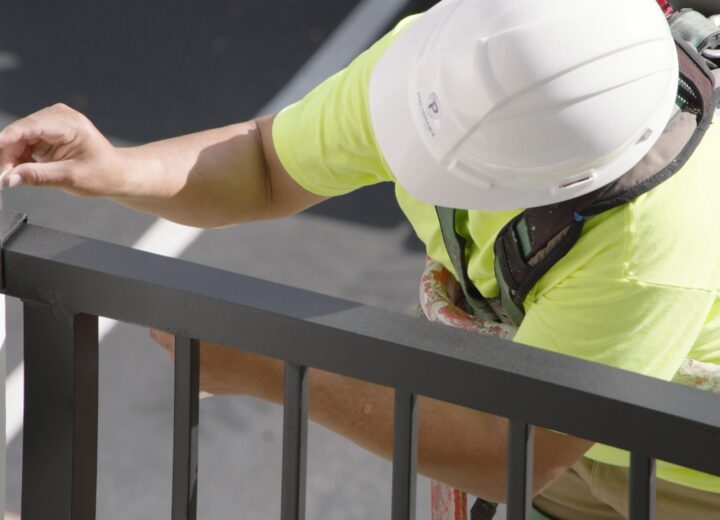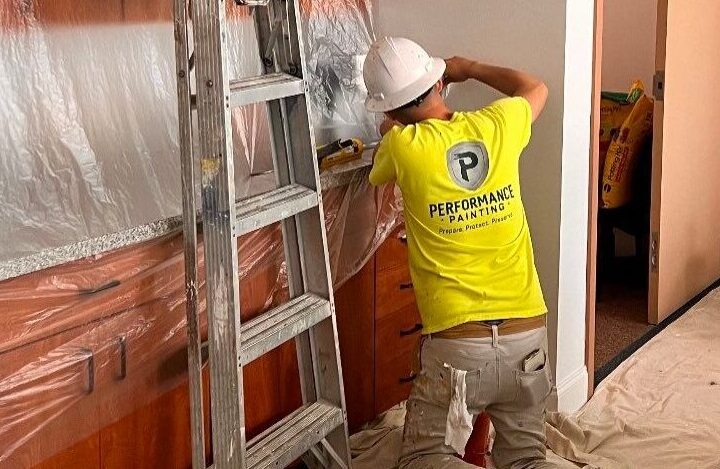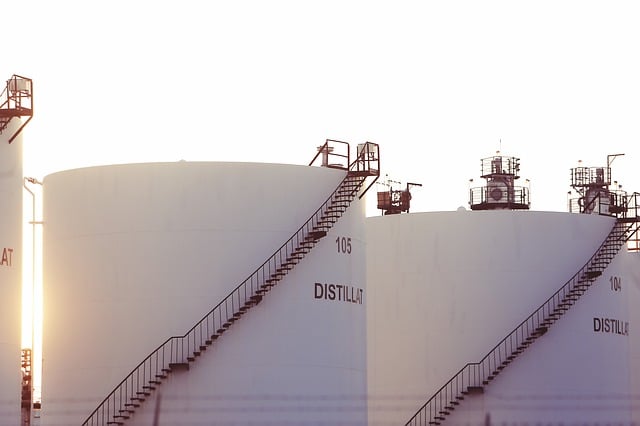
When you are in charge of getting your business’ tanks coated, one of the biggest challenges is the downtime that it would cause the company. This can take needed revenue away from the enterprise, but the need to get it done is crucial for the future of your company.Rapid cure linings help companies with high demand tank systems to produce a leak-tight lining. When referring to curing, some might mistake the meaning to be the same as drying, but it relates to the period that it takes before a coated surface can be put back into use.
It is important to know that even if a coating might feel dry, it can still not be fully cured. An experienced coating specialist will know how to evaluate the lining to make sure that it is fully cured.
Curing Methods
Curing is the chemical progression of a polymer material within a coating that hardens. The type of coating or lining that will be used will be the determining factor of the curing method needed.
There are various types of curing methods that can be used for linings/coatings which are:
Air Oxidation
A reaction happens when the layer interacts with oxygen once it has been applied, and contains drying oils to help with the process. This type of curing method can be time-consuming.
Chemical Reaction
This method is where there are two or more products, such as a resin, a curing agent, and a crosslinking agent that are combined at the time of use.
Moisture Reaction
This coating requires a certain percentage of humidity within the environment to cure properly.
Solvent Evaporation
For this method, a solvent is placed into the formula of the coating and once it has been applied, all that needs to be done to cure is for the added solution to evaporate.
UV /Radiation Curing
This is accomplished within a controlled environment with the use of one a radiation curing system.
Rapid Cure Linings
Several different kinds of rapid cure linings can be used within the industrial industry, but the type can vary depending on its use and demands.
One way you can ensure you are getting the right cure time is by adding the right curing agent. It is essential to know what you need for the job. If you do not choose the correct agent, you could end up costing yourself both time and money.
When you are choosing a curing agent, the solution that you pick determines the time and temperature during curing, how easy it will be to apply, the chemical endurance, and lastly it’s mechanical functioning once applied.
The different forms of linings also have a wide range of application temperatures that can span as low as thirty-five degrees. By having such a low application temperature, it allows you to have the work done even during the winter months.
Various Rapid Cure Linings Types:
- Epoxy
- Epoxy Novolac
- Epoxy Phenolic
- Polycyclamine Cured Epoxy
- Surface Tolerant Epoxy
- Polymorphic Polymers
- Polyurea
- Polyurethane
For any of the above linings to work correctly, it is important to follow each step of the manufacturer’s instructions. Any deviation from the requirements can result in the application failing, and possibly void any warranty that might be given.
Rapid cure times can range between eight to twenty-four hours, which means you can get back to business sooner.
Types of Tanks
The kinds of Tanks that Rapid Cure Linings can be used on are:
- Concrete
- Fiberglass
- Steel
Tank Uses
Some of the tanks that can use Rapid Cure Linings on are:
- Petrochemical
- Petroleum
- Water
- Storage
- Wastewater
One of the great benefits to some of the listed linings/coatings is that the application can be complete with just one coating. Depending on the type of tank and what it is being used for, you can also determine what form of lining that you will require.
It is nice to know that there are great companies out there that know and understand what the standards are within the different industries, and can help with any jobs big or small. No need to gather up all of the information needed to perform this task, when all you have to do is contact a qualified specialist within your area that will help you with getting the tanks up and running in no time, giving you time to deal with other important matters.


